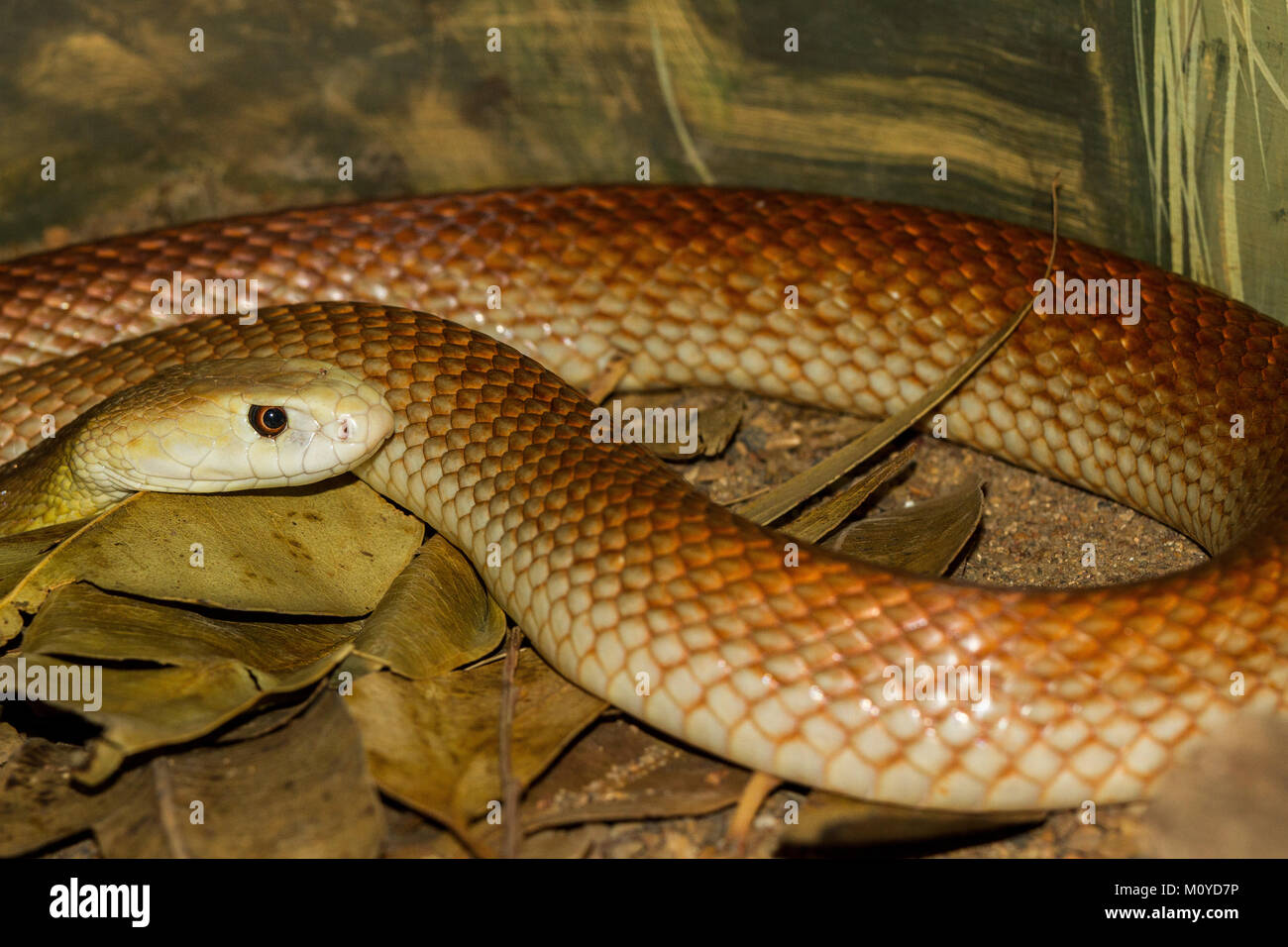

Human activated factor X is a two-chained serine protease linked via a single disulfide bond, with a 52–amino acid glycopolypeptide that is released upon activation. The proteolytic cleavage of prothrombin is mediated by the prothrombinase complex, a multimeric complex composed of factor Xa in association with its nonenzymatic cofactor factor Va in the presence of calcium on a negatively charged phospholipid bilayer ( Jackson and Nemerson 1980 Davie, Fujikawa, and Kisiel 1991).

One of the key reactions in the mammalian blood coagulation and hemostatic process is the cleavage of the zymogen prothrombin to thrombin which in turn activates fibrinogen to fibrin, eventually resulting in clot formation. This is due to the presence of prothrombin activators that contain a component that is structurally and functionally similar to that of mammalian coagulation factor Xa ( Chester and Crawford 1982). A unique feature of the procoagulant properties of venoms from Australian elapid snakes is that they are limited to prothrombin activation and contain no thrombin-like enzymes. Australian venomous snakes, belonging exclusively to the Elapidae family, are among the most toxic in the world ( Broad, Sutherland, and Coulter 1979). These venom components are related to each other within several families of venomous snakes, including the Elapidae, the Colubridae, the Viperidae, and the Atractaspididae. Snake venoms are a complex mixture of pharmacologically important protein and polypeptide toxins, many of which are known to affect the mammalian blood hemostatic mechanism via coagulant, anticoagulant, and/or fibrinolytic actions. Prothrombin activator, factor X, factor V, snake venom, gene cloning, Oxyuranus scutellatus Introduction The molecular phylogenetic analysis described here represents a new approach for distinguishing group C and D snake prothrombin activators and correlates well with previous classifications. Expression of both the factor X– and factor V–like proteins determined by immunoblotting provided an additional means of separating these two groups at the molecular level. The factor V–like component of the prothrombin activator, present only in snakes containing group C complexes, also showed a very high degree of homology (96%–98%).
The deduced protein sequence for the factor X–like protease precursor, identified in elapids containing either group C or D prothrombin activators, demonstrated a remarkable degree of relatedness to each other (80%–97%). The overall domain arrangement in these proteins was highly conserved between all elapids and with the corresponding mammalian clotting factors. In this study, we describe the cloning, characterization, and comparative analysis of the factor X– and factor V–like components of the prothrombin activators from the venom glands of snakes possessing either group C or D prothrombin activators. The two major subgroups described in Australian elapid snakes, groups C and D, are differentiated by their requirement for mammalian coagulation factor Va. The snake prothrombin activators have been classified on the basis of their requirement for cofactors for activity. In mammals, this complex is responsible for the cleavage of prothrombin to thrombin and is composed of factor Xa in association with its cofactors calcium, phospholipids, and factor Va. A key component of the venom of many Australian snakes belonging to the elapid family is a toxin that is structurally and functionally similar to that of the mammalian prothrombinase complex.


 0 kommentar(er)
0 kommentar(er)
